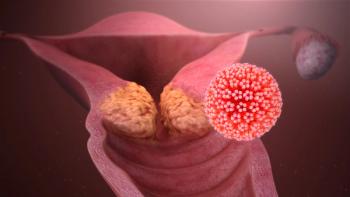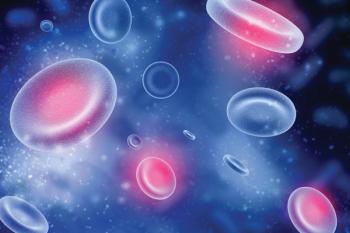
Optimizing Brain Tumor Management With Advanced Neuroimaging
Oncology clinicians can effectively collaborate with neuroradiologists using advanced techniques to improve brain tumor characterization.
Accurate characterization of brain tumors and the ability to differentiate true disease progression from treatment-related changes are critical for optimal patient management in neuro-oncology. Although conventional MRI provides valuable anatomical information, advanced neuroimaging techniques may offer a deeper understanding of tumor microstructure and metabolism.
Nicholas Blondin, MD, associate professor of clinical neurology at Yale School of Medicine, spoke with CancerNetwork® and provided insights into how oncology clinicians can best leverage sophisticated tools such as cerebral blood volume mapping through effective collaboration with neuroradiologists.
Additionally, he talked about a new MRI technique, metabolic imaging, being pioneered at Yale, where a glucose solution is being engineered. In this situation, the hydrogen is replaced with deuterium, which will allow the MRI to image the glucose molecule as it is converted into lactate.
Transcript:
There have continued to be advances over the last several years with neuroimaging, but unfortunately, there remains no completely sensitive and specific way to differentiate true progression from pseudoprogression. There are strategies such as cerebral blood volume mapping and other essential software techniques of MRI to help give some hint of true vs pseudoprogression. It remains not completely adequate for full clinical use. Making treatment decisions is still generally based on the change of MRI over time and what treatment effects the patient has or could be experiencing.
Here at Yale, we’re developing another MRI technique called metabolic imaging, and the idea is to have patients drink a glucose solution where the hydrogen in the glucose molecule has been replaced by an isotope called deuterium. That allows the MRI to image the glucose molecule as it is converted into lactate in cancer cells. Glioblastoma cells have altered metabolism, and they use sugar in an altered way from normal tissue, which breaks down sugar into carbon dioxide and water. Cancer cells convert sugar into lactate, and because we’re using this different isotope of hydrogen that allows the MRI technique to identify lactate molecules that develop in the brain, we can infer that cancer cells are present using glucose as fuel to make lactate. We’ve been recruiting patients for the last several years on this effort to try to image contrast-enhancing lesions in the brain and determine if they’re generating lactate or not. We’re hopeful that this may ultimately be a low-cost solution to determining tumor metabolism and the presence or absence of tumors in the brain and other patients. This is an exciting project, and there’s more to come in the next couple of years.
Newsletter
Stay up to date on recent advances in the multidisciplinary approach to cancer.






















































































